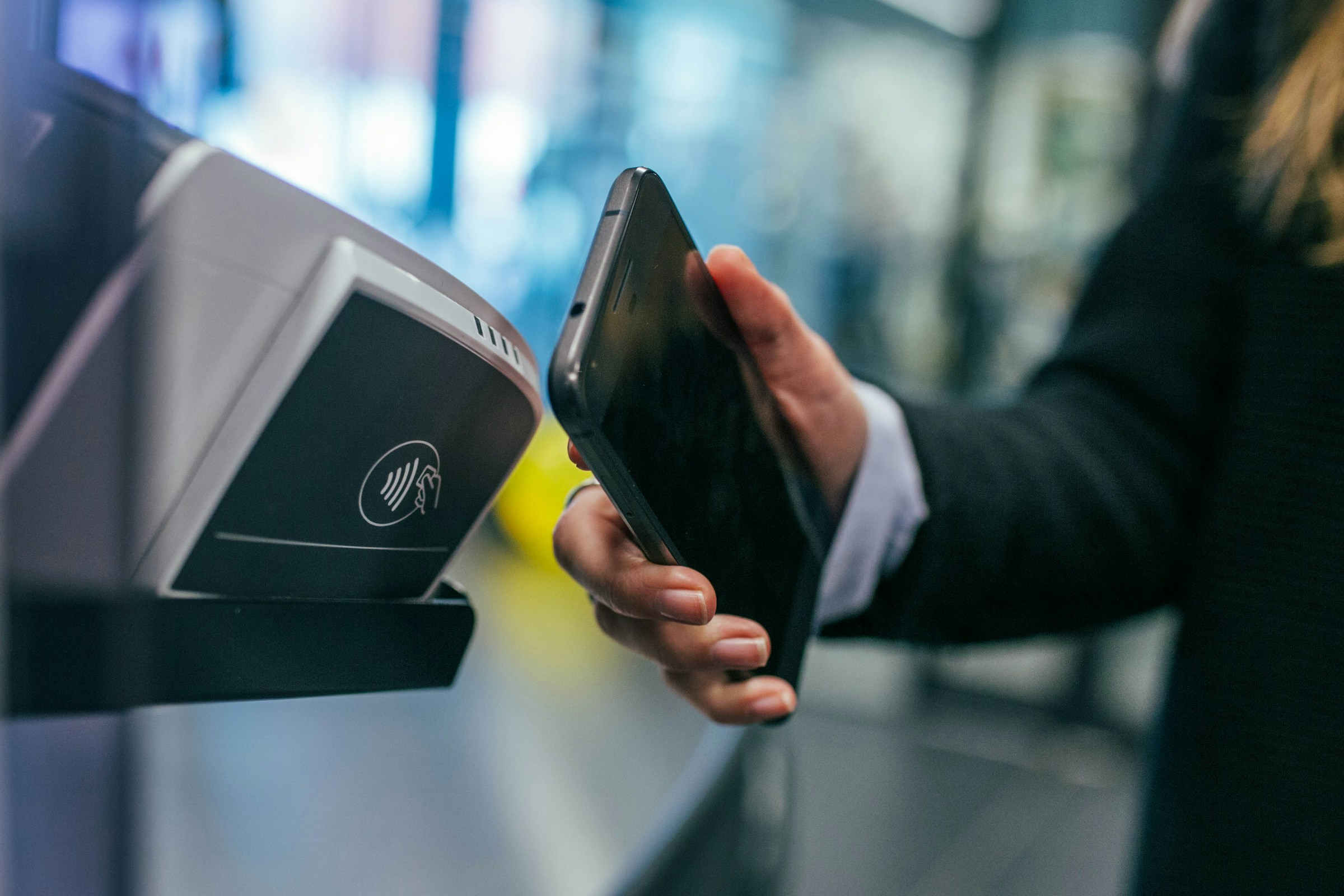Running an online business in today’s hyper-digitized world can either be a simple and fluid endeavor or a highly complex one, depending on how it’s approached. On the one hand, online services are engineered to be completely digital, meaning you can literally run an entire business from your home. In fact, have the right model and software in place and you can probably even run an online business with nothing more than a smartphone.
A key aspect of this entire ecosystem for both business owners and their customers depends on the existence of and access to seamless payment systems. In that regard, without efficient, reliable, and safe payment methods, these businesses would simply grind to a halt.
Luckily, these days, there is a range of online payment services available for all types and sizes of online businesses. If you own such a business or are thinking of starting one, here are some essential payment methods that you should definitely accept.

Crypto and New Payment Frontiers
A growing number of customers now pay with crypto. It’s fast, often cheaper, and gives users control. Businesses that accept digital coins open the door to global buyers who may not use cards or traditional wallets. Bitcoin and Ethereum still lead the pack, but newer coins are gaining traction. For some shoppers, these newer coins are the real draw.
While it’s not common, there are even sometimes a push to accept tokens tied to an upcoming cryptocurrency. That’s especially true of ones just launched and already available to trade, more so if they are forked from a major chain. These fresh tokens often generate excitement, early demand, and fast-moving traffic. Traders who hold them are eager to spend or stake them, and businesses can tap into that demand.
That first-mover advantage is real. When businesses support new tokens before others do, they attract early adopters and traders looking for places to spend. This group tends to be vocal, loyal, and highly active online. That buzz can turn into attention, which turns into sales. Payment flexibility isn’t just practical. It’s strategic.
Debit, Credit, and the Basics Still Matter
Even with all the new options, card payments remain a core part of online business. Debit and credit cards are easy to use, trusted by most, and work across borders. They’re familiar, fast, and linked to buyer protection. Most customers still expect to see Visa, Mastercard, and Amex logos at checkout. Their absence raises questions and often leads to cart abandonment.
Still, there are gaps. Some customers avoid cards due to privacy concerns. Others use digital-only banks that block crypto-related transactions. Businesses need to keep that in mind. Offering card payments should never be the only option. Flexibility builds confidence, especially for shoppers who are trying your service for the first time.
Recurring billing and stored card info help as well. Many users don’t want to re-enter details each time. Secure tokenization, vault services, and trusted processors solve that problem. Less friction equals more completed sales. Even in a world of fast-changing tech, the basics continue to drive revenue.
Mobile Wallets and Instant Pay Options
Phones are now wallets. Apple Pay, Google Pay, and Samsung Pay let users tap and go, whether in a store or on a site. These tools link directly to cards or bank accounts, but the experience is faster and often safer. Face ID, biometrics, and device-based authentication make checkout almost invisible. That speed is what users love.
Digital businesses that accept mobile wallets see higher conversion rates, especially on phones. This matters more than ever. Mobile traffic has overtaken desktop in nearly every industry, from retail to entertainment. A slow or clunky payment page drives users away. Instant options bring them back.
Wallets like Venmo and Cash App are also becoming checkout tools. Their user bases are huge, and younger shoppers in particular like sending money peer-to-peer. When these services show up as payment methods, people feel more in control. It’s not just about speed. It’s about comfort and familiarity.
Buy Now, Pay Later and Credit Flexibility
Spending patterns have changed. More people want to split payments, delay charges, or manage cash flow without using credit cards. That’s why Buy Now, Pay Later (BNPL) services have surged. Klarna, Afterpay, and Affirm give users the freedom to shop without paying in full upfront. This leads to higher average order values and fewer abandoned carts.
Online businesses benefit too. BNPL companies often absorb fraud risk and handle collections. That means less overhead and fewer customer service headaches. Setup is usually simple, and approval happens in real time. Users see monthly payment options right on the product page. The psychology works because breaking a purchase into parts makes it feel more affordable.
That said, not every user trusts BNPL yet. Clear terms, fee transparency, and easy-to-understand rules matter. The more honest and visible the process, the better the result. Businesses that treat BNPL as a tool and not a trick earn better results and stronger reviews from users who appreciate the flexibility.

Bank Transfers and Direct Debit Options
Some users avoid cards, wallets, or crypto. They want to pay straight from their account. This is where bank transfer systems come in. ACH payments in the US, SEPA in Europe, and instant rail systems in Asia all allow fast, low-fee movement of money. For larger purchases or repeat billing, these methods are often preferred.
Direct debit is key for subscriptions, insurance, and utility-style models. Users set it once and forget it. This leads to stable, recurring revenue. It also reduces the chance of card expiry or payment failure due to insufficient credit. Businesses get fewer failed payments and more predictable income.
Open banking has improved the process even more. Customers can now connect accounts through apps and authorize payments with a tap. This eliminates delays and improves trust. By accepting direct transfers, businesses become accessible to customers who skip cards entirely or prefer local bank-based methods.
Conclusion
No two customers are the same, and neither are their wallets. Digital businesses that offer a range of payment methods don’t just look modern. They remove barriers. Whether it’s cards, crypto, mobile wallets, or flexible credit plans, what matters is letting customers choose. The easier it is to pay, the more they will. That’s the difference between a store they visit once and one they return to again and again.
I’m Isabella Garcia, a WordPress developer and plugin expert. Helping others build powerful websites using WordPress tools and plugins is my specialty.
